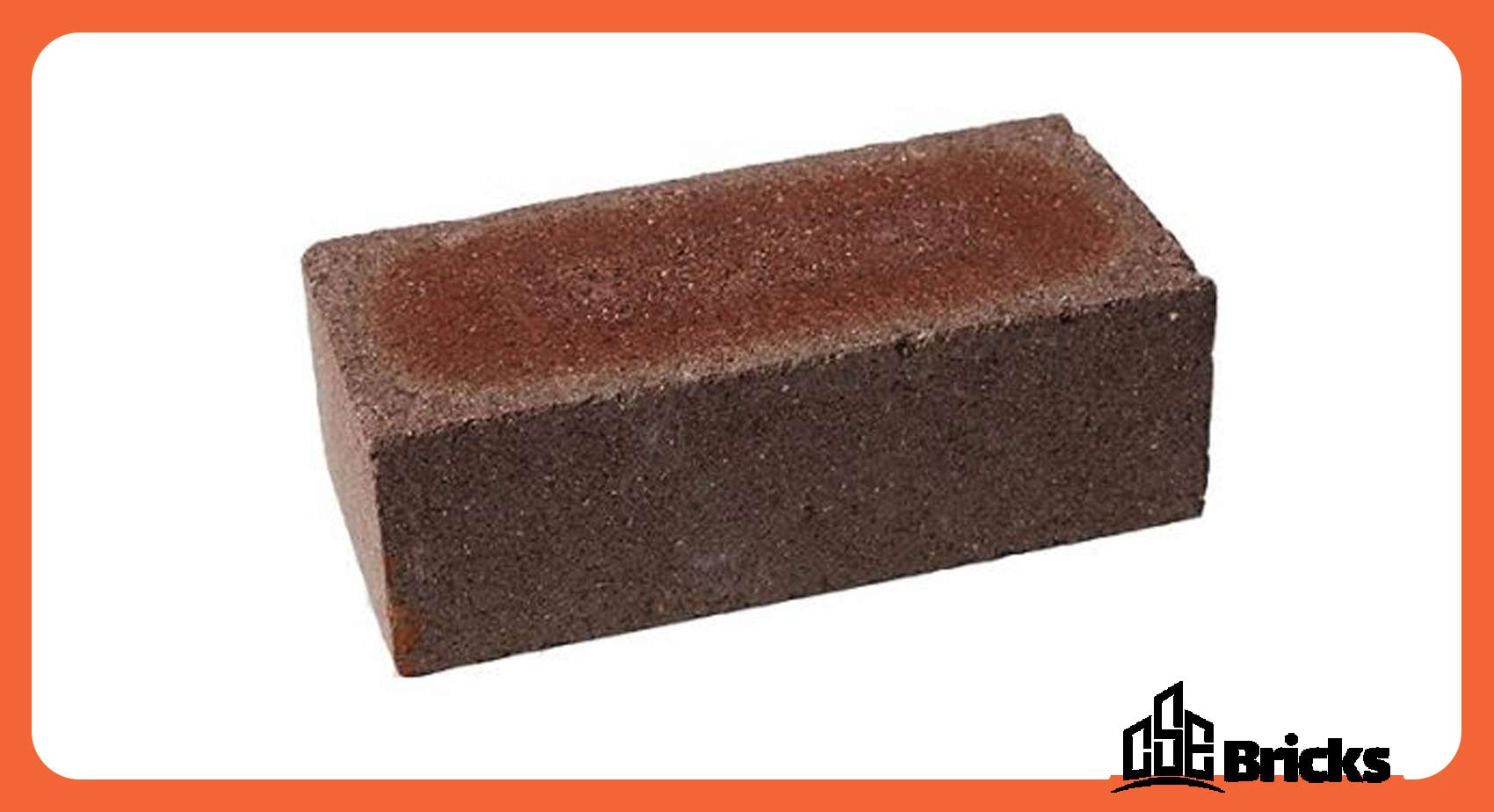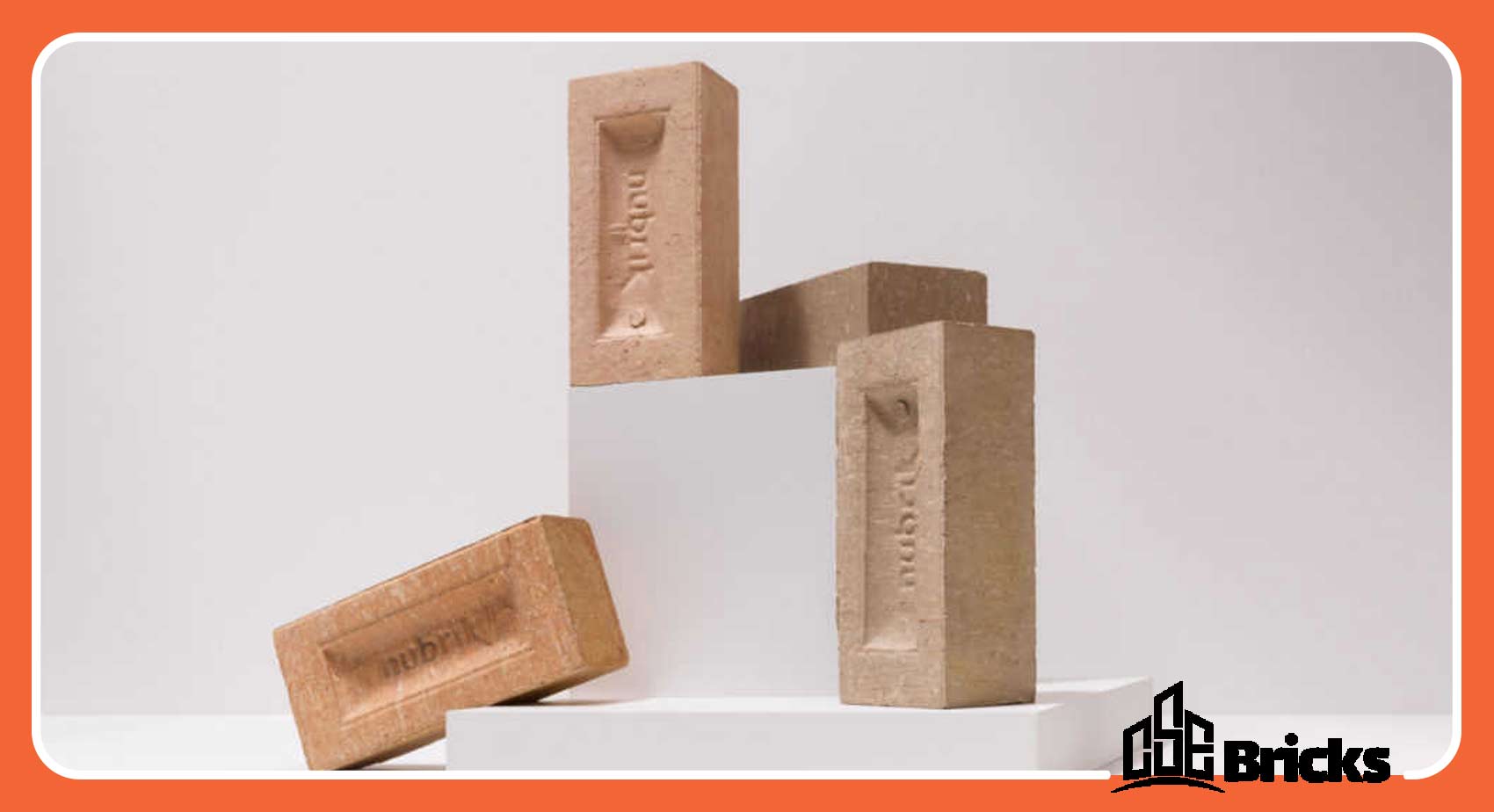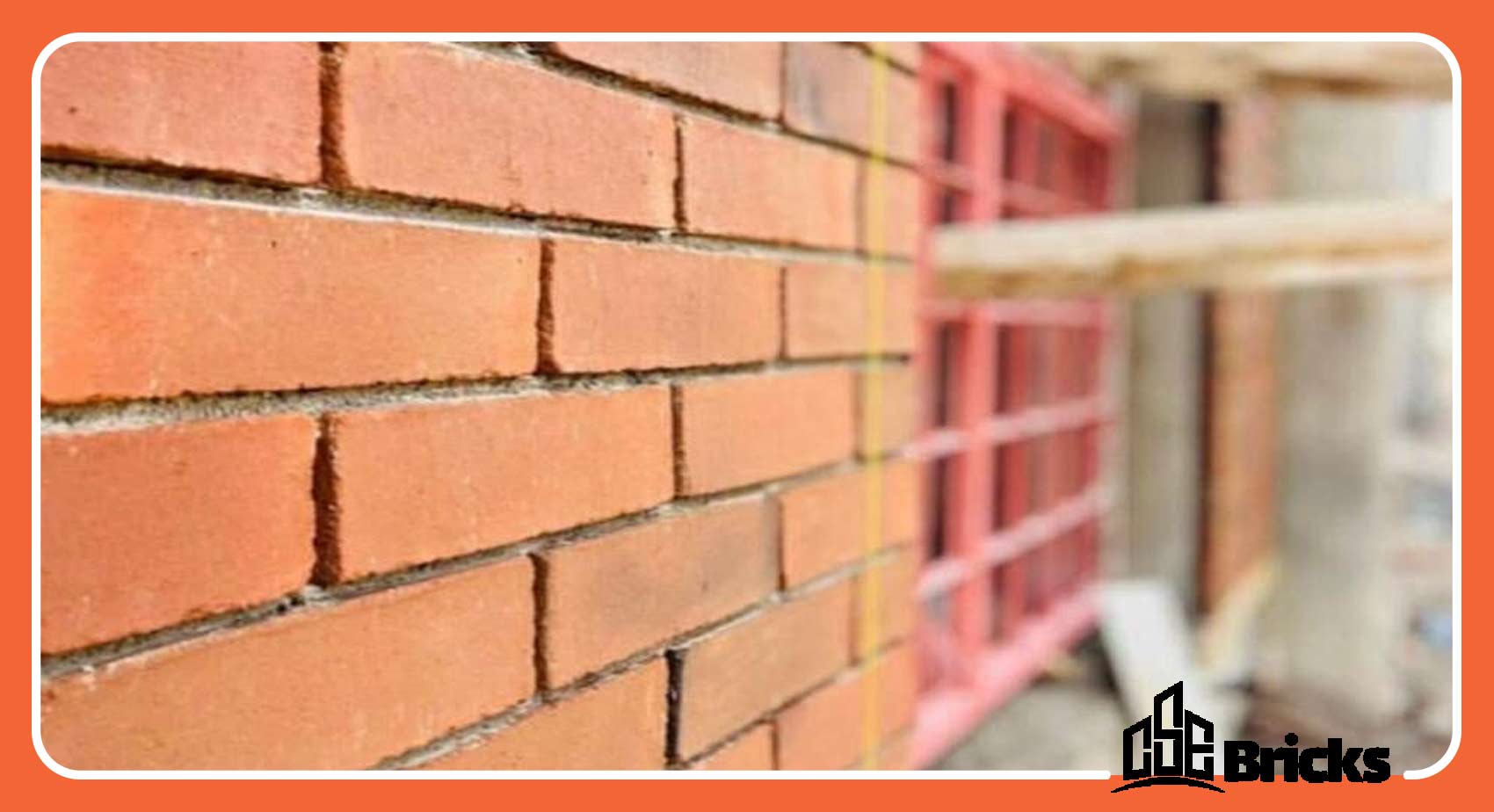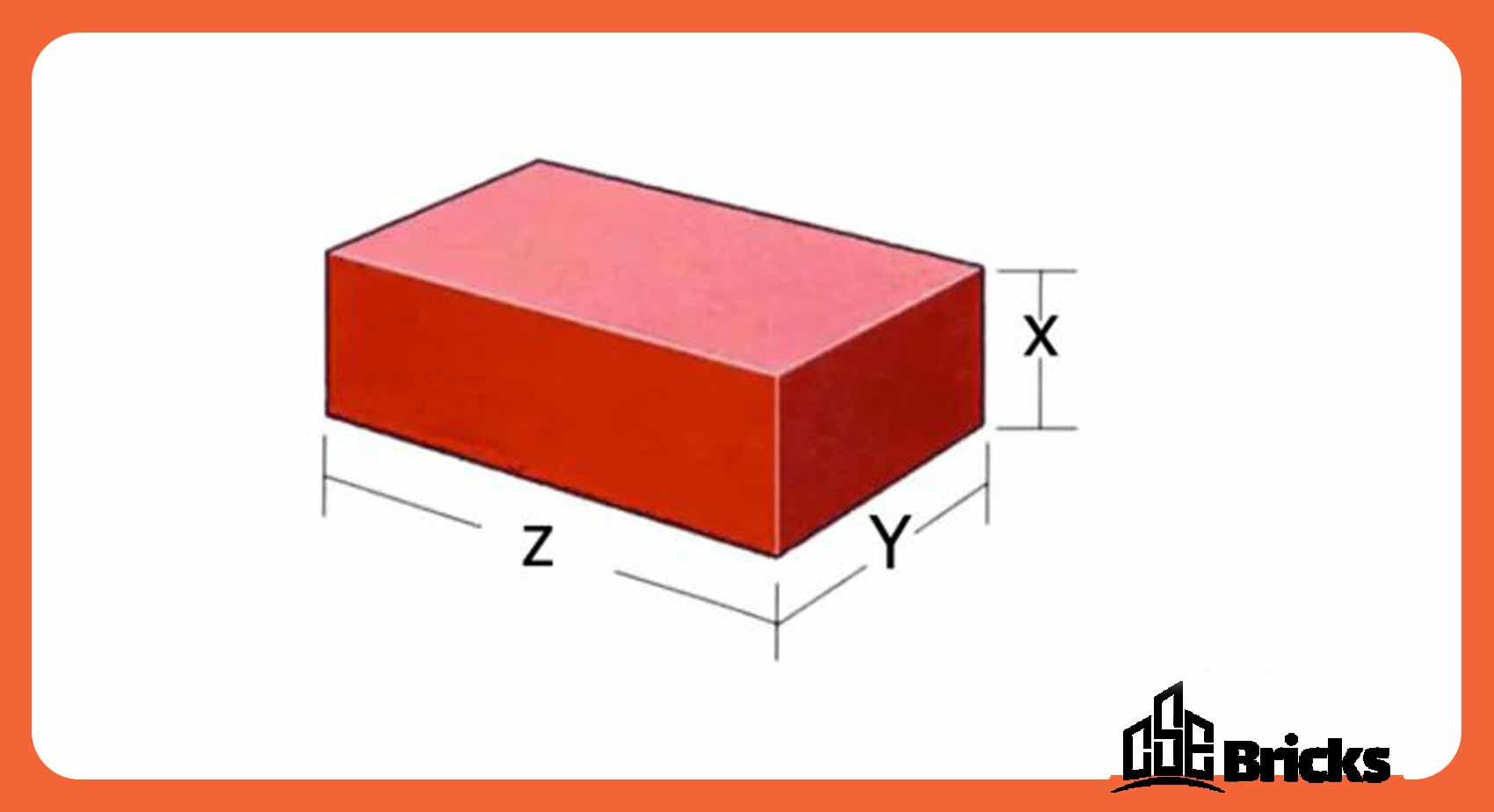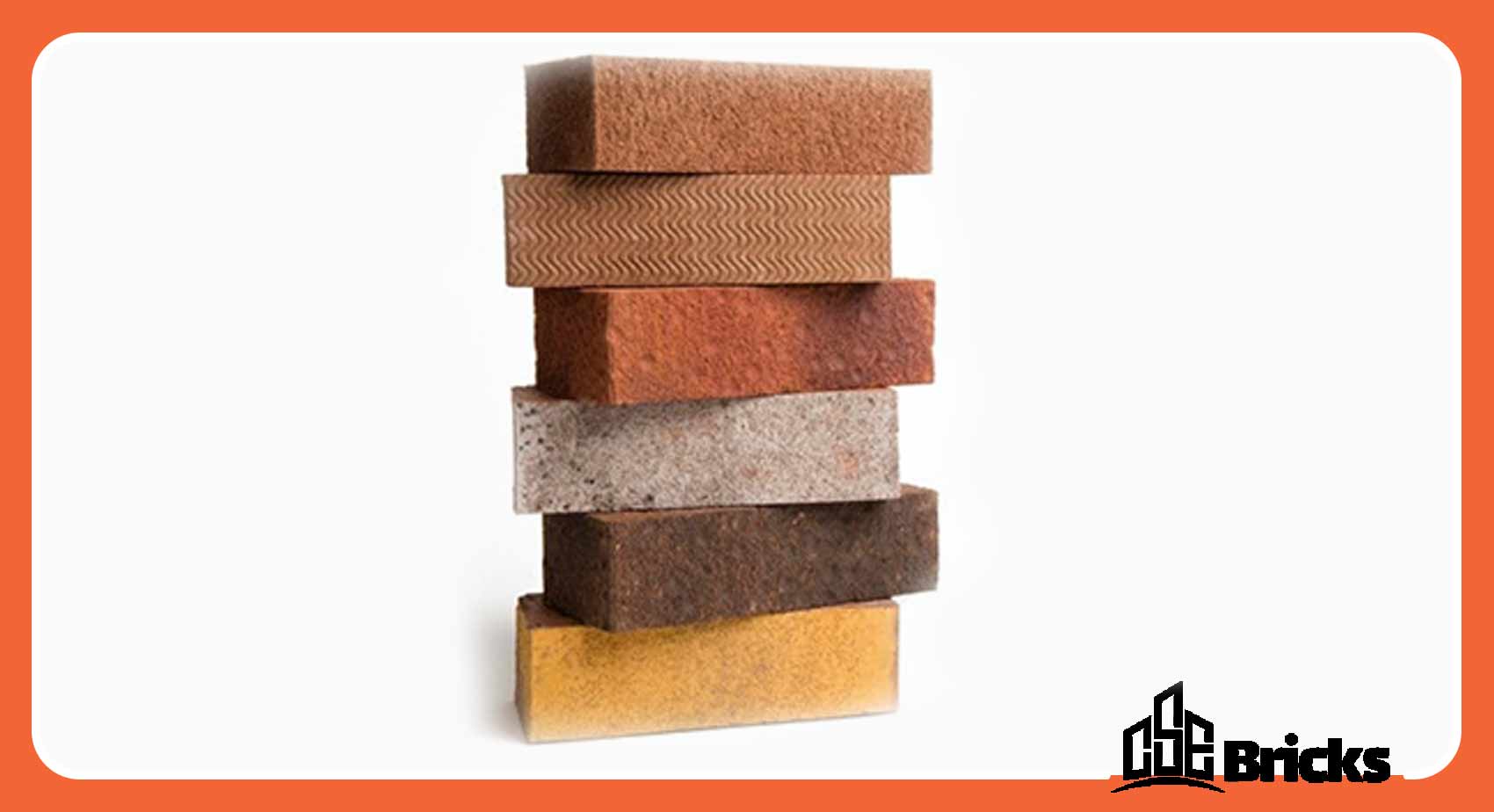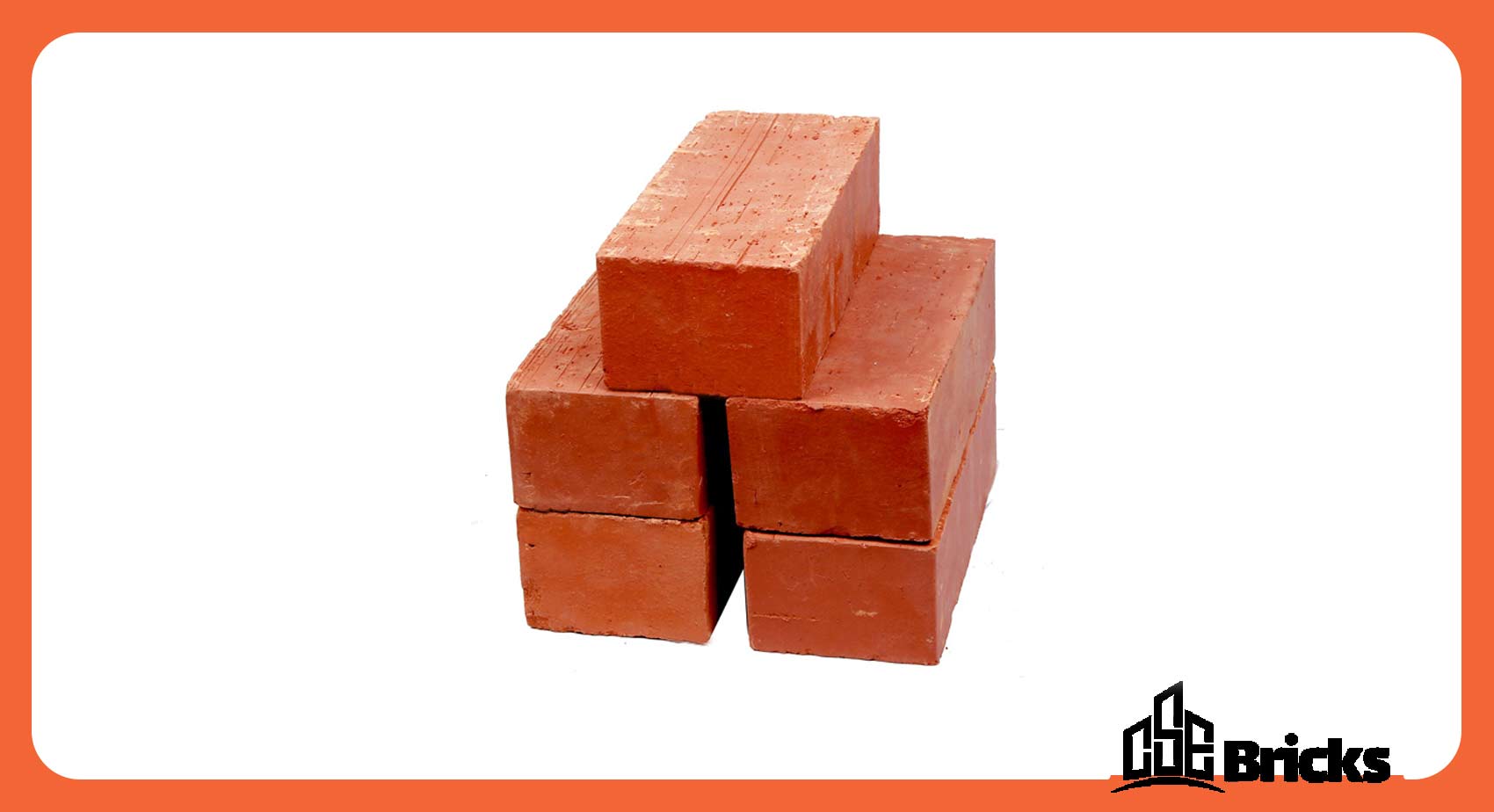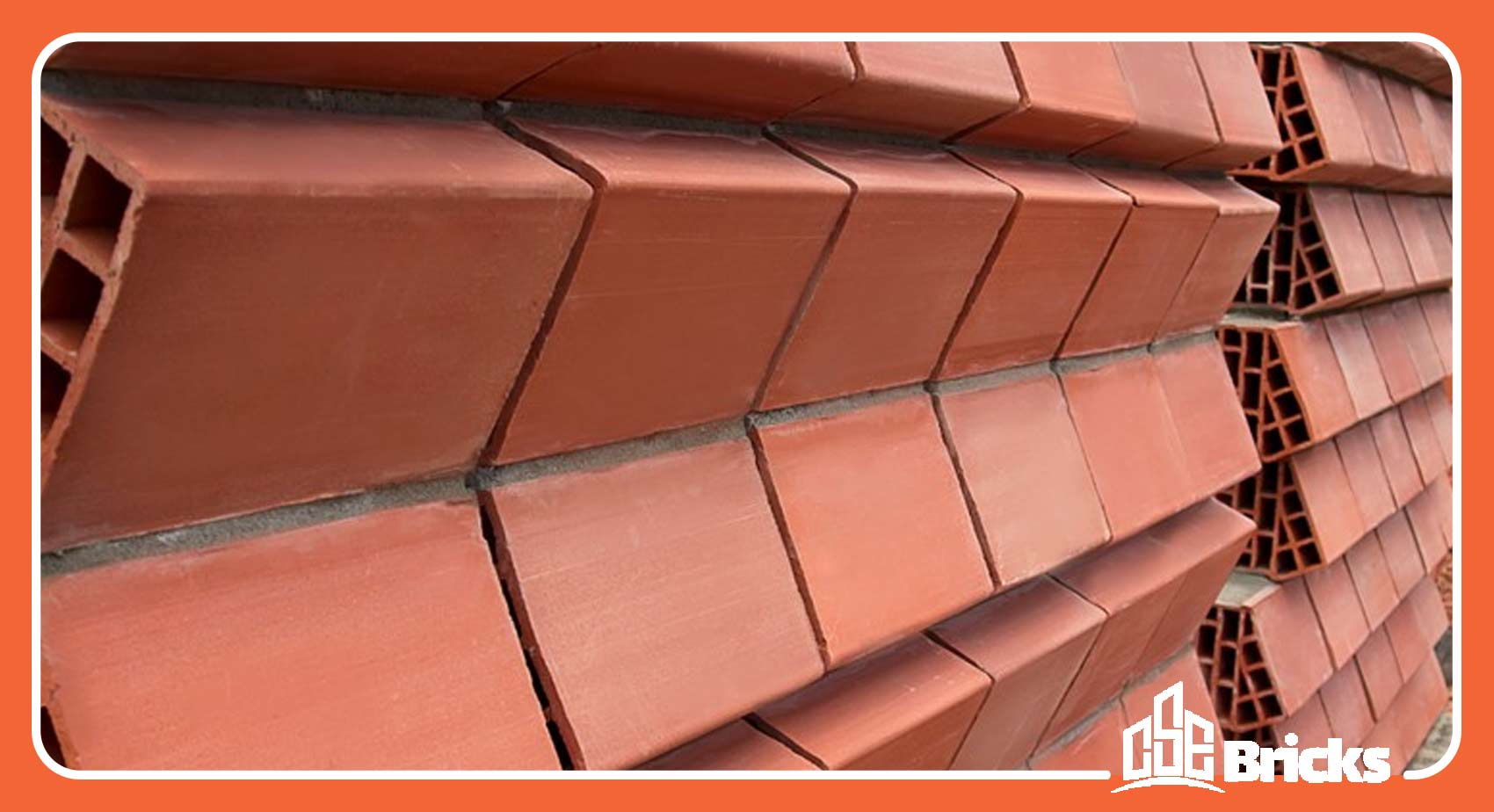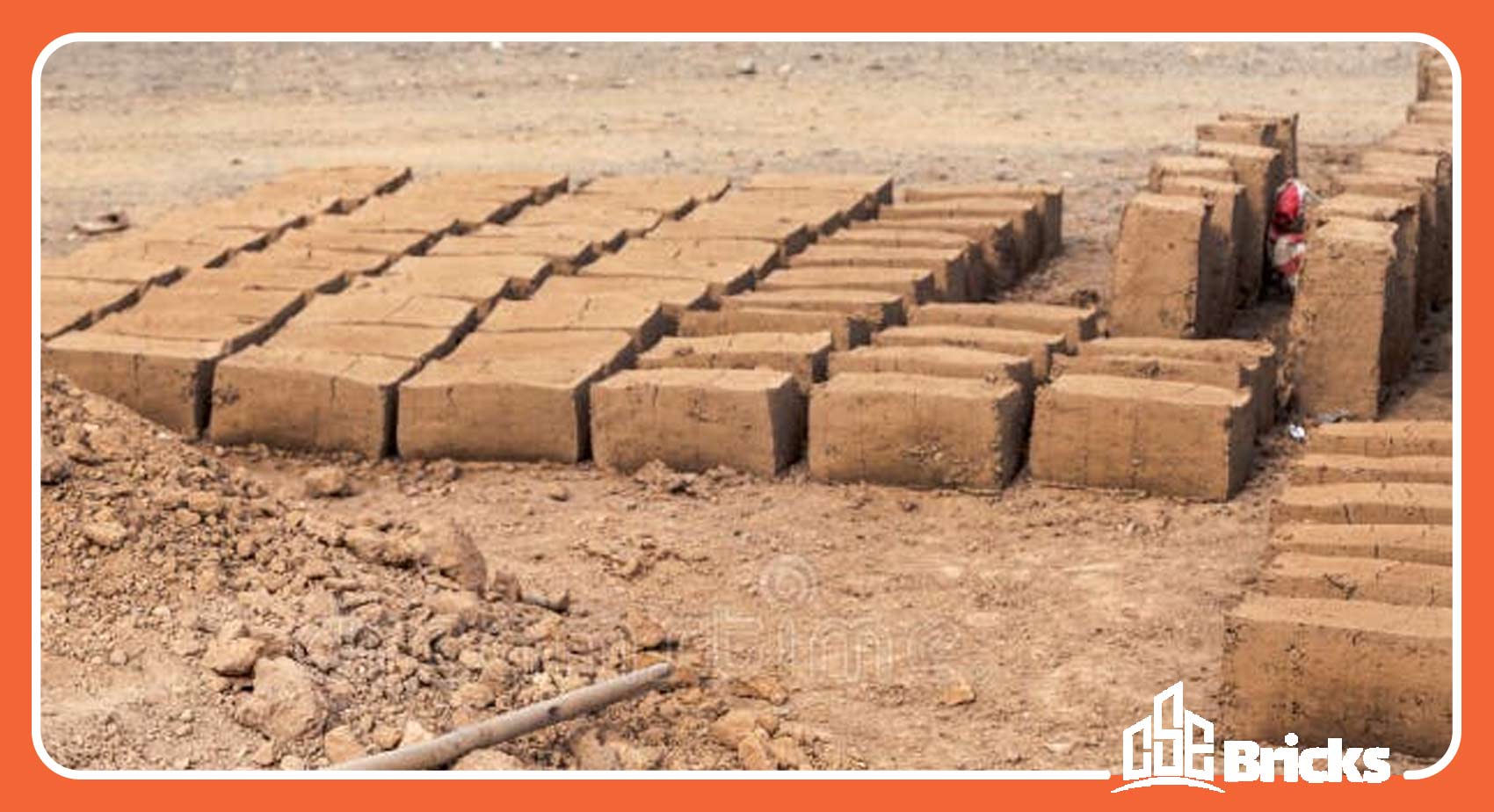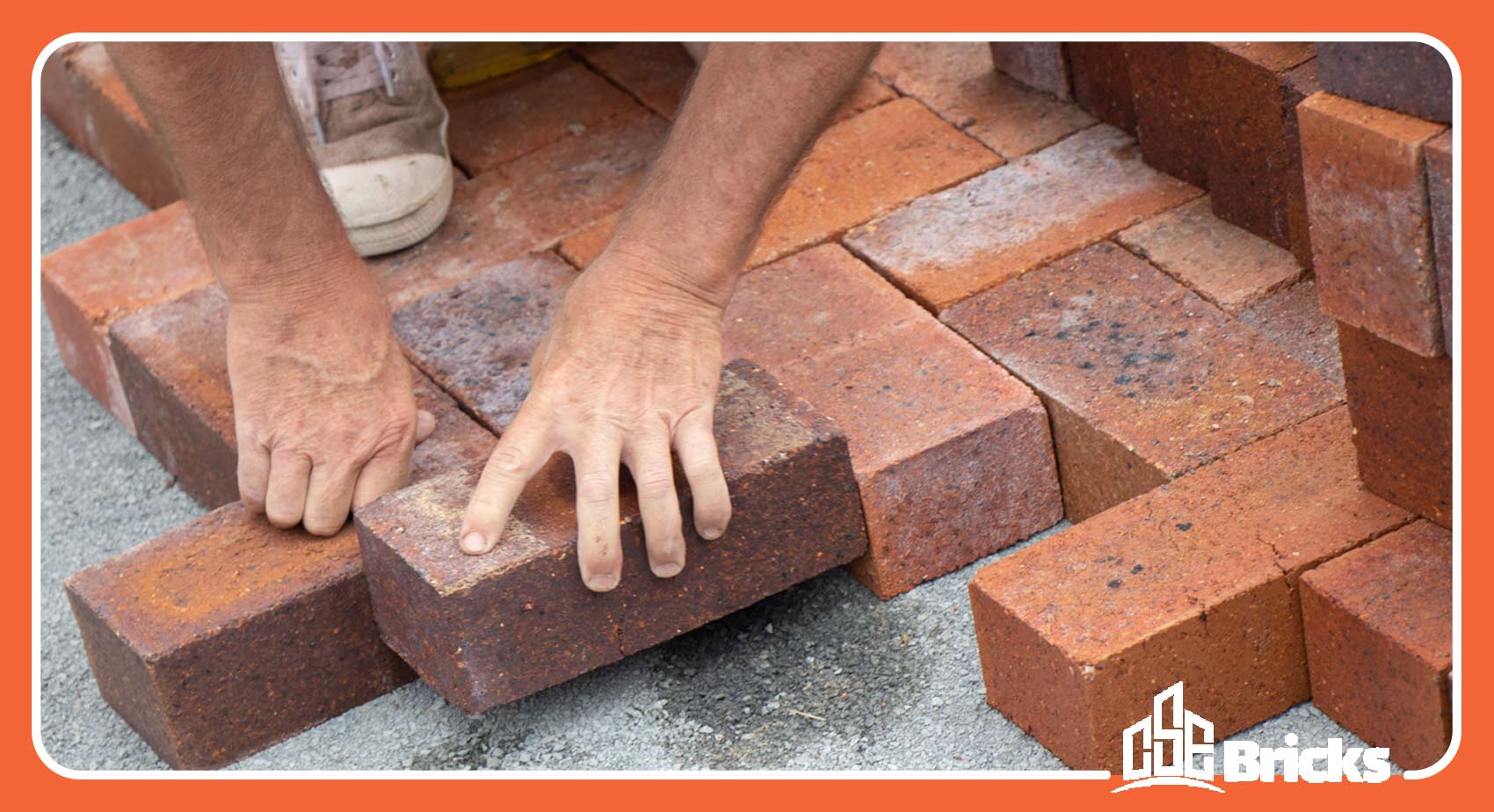Blog
Compressed Brick

Compressed Brick
- Heavy Weight
- Poor Thermal Insulation
- Energy Inefficiency
- Risk of Cracking Price of Compressed Bricks
Due to specific economic conditions, it is usually difficult to present an exact and fixed rate for compressed bricks. The prices of materials can fluctuate based on changes and increases in the cost of raw materials.
How to Care for Kazakh Bricks
The beauty of buildings with brick facades depends on the maintenance of these bricks. It’s important to ensure that dust accumulation and constant moisture on the bricks can deteriorate their texture over time. When your building has a brick facade, you may encounter issues such as efflorescence (white powdery deposits on the surface). Here are some solutions to address these problems.
Summary
In this article, we aimed to examine various types of compressed bricks, their advantages and disadvantages, and related points to help you gain a proper understanding of these building materials. We also discovered that compressed bricks have a long history and, due to their excellent durability, have remained prevalent in today’s advanced market.
We endeavored to provide comprehensive explanations about compressed bricks in this content. If you have any suggestions or questions about maintaining compressed bricks in your building facades, feel free to share them with us.
It might have happened to you that in your daily tasks you need to understand a product, and since building materials are among the substances that various professions deal with, it is necessary to understand and know how to use them accordingly.
Introduction to Compressed Bricks
Compressed bricks are known by various names such as solid bricks, rough bricks, gray bricks, and also Kazakh bricks. It is said that these bricks were first brought to Iran by the Kazakhs, which is why they became known by this name. However, due to the method of using these bricks, they are commonly referred to as compressed bricks. This is because, during their use, the clay around the mold needs to be pressed by hand.
Characteristics of Compressed Bricks
Compressed bricks are known by various names such as solid bricks, rough bricks, gray bricks, and also Kazakh bricks. It is said that these bricks were first brought to Iran by the Kazakhs, which is why they became known by this name. However, due to the method of using these bricks, they are commonly referred to as compressed bricks. This is because, during their use, the clay around the mold needs to be pressed by hand.
Characteristics of Compressed Bricks
Compressed bricks have the following physical characteristics:
- Weight: 2 kg per piece
- Density: 1700 kilograms per cubic meter
- Size: 22 x 10 x 5.5 centimeters
- Colors: Available in red, yellow, or a combination of both colors
Types of Compressed Bricks
Red Compressed Brick
The production process for red compressed bricks, also known as “fired clay bricks,” is different. To manufacture these bricks, the ones placed near the kilns and subjected to high temperatures lose their usual shape and become fused together, taking on a completely different appearance. Therefore, these bricks are used in building foundations.
Kiln-Fired Compressed Brick
This type of compressed brick is also known as “green brick.” It has excellent strength, as during the production process, the brick is placed in the kiln for a relatively long period and exposed to high temperatures, which enhances its resistance. Therefore, this brick is referred to as kiln-fired brick.
Fired Clay Bricks
The production process for fired clay bricks is different. To manufacture these bricks, those placed near the kilns and subjected to high temperatures lose their usual shape and become fused together, taking on a completely different appearance. Therefore, these bricks are used in building foundations.
Raw Brick
As the name suggests, raw bricks lack the necessary strength and durability. Therefore, these bricks are not used in the process of wall construction.
Applications of Compressed Bricks
Although the history of compressed bricks dates back a long time, they still have numerous applications in the construction industry. Here are some of their uses:
-
Partition Walls
-
Load-Bearing Walls
-
Vaulted Ceilings
-
Surface Finishing
-
Basement Walls
Advantages of Using Compressed Bricks
Compressed bricks, although one of the oldest types of bricks, continue to be a prevalent choice in construction due to their excellent durability. They often have no substitutes in building foundations. Here are some of the advantages of compressed bricks:
- High Durability and Longevity
- Environmentally Friendly
- Easy Accessibility Affordable Pricing
- Enhanced Structural Strength
- Cold Resistance
- Suitable for Facades
- Excellent Adhesion with Mortar
Disadvantages of Using Solid Bricks
Although using compressed bricks has many advantages, there are also some drawbacks. By carefully evaluating and comparing these pros and cons, you can decide whether to purchase them and understand their suitability for your project.
- Heavy Weight
- Poor Thermal Insulation
- Energy Inefficiency
- Risk of Cracking Price of Compressed Bricks
Due to specific economic conditions, it is usually difficult to present an exact and fixed rate for compressed bricks. The prices of materials can fluctuate based on changes and increases in the cost of raw materials.
How to Care for Kazakh Bricks
The beauty of buildings with brick facades depends on the maintenance of these bricks. It’s important to ensure that dust accumulation and constant moisture on the bricks can deteriorate their texture over time. When your building has a brick facade, you may encounter issues such as efflorescence (white powdery deposits on the surface). Here are some solutions to address these problems.
Summary
In this article, we aimed to examine various types of compressed bricks, their advantages and disadvantages, and related points to help you gain a proper understanding of these building materials. We also discovered that compressed bricks have a long history and, due to their excellent durability, have remained prevalent in today’s advanced market.
We endeavored to provide comprehensive explanations about compressed bricks in this content. If you have any suggestions or questions about maintaining compressed bricks in your building facades, feel free to share them with us.


